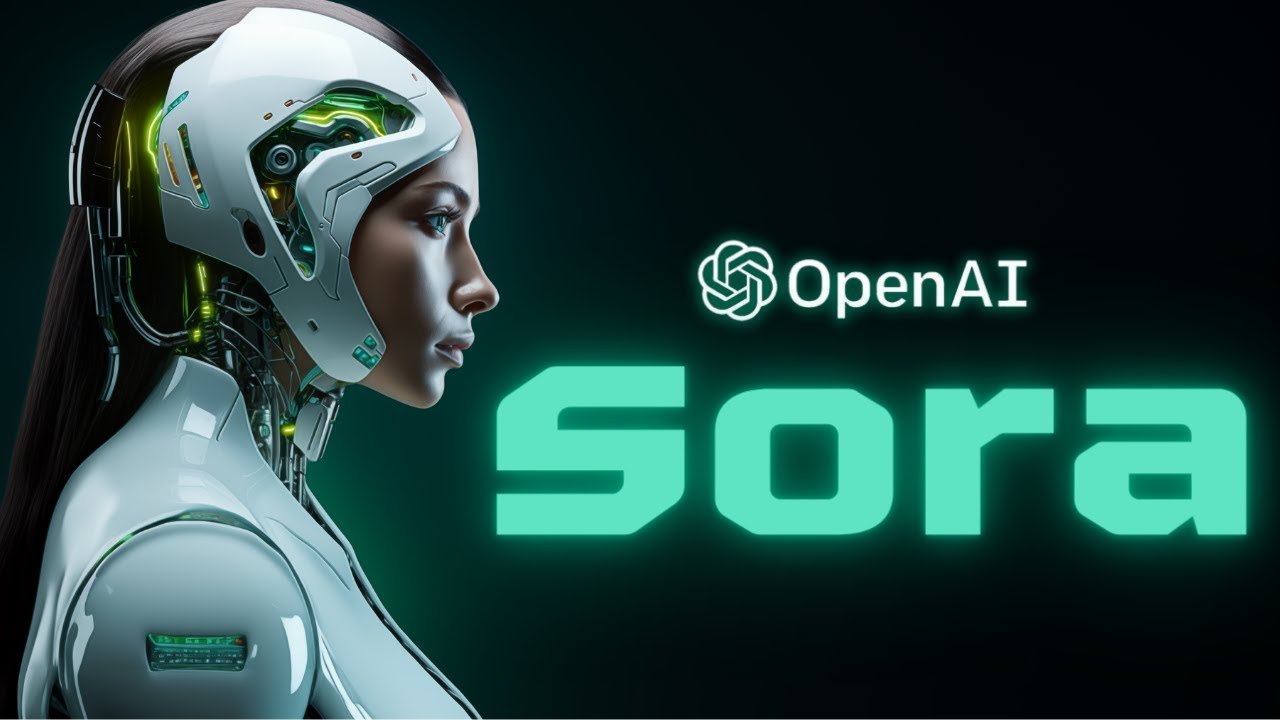Google Gemini AI Photo Editing Prompts: The Future of Effortless Image Creation

Technology is transforming creativity, and Google Gemini AI is at the forefront of this revolution in AI Photo Editing. Imagine telling your photo editor exactly what you want, no complicated menus, no sliders, no guessing, just natural language prompts like “make the background sunset themed” or “remove the reflection from the window.” The AI understands your request and transforms your photos with stunning accuracy and speed. Integrated deeply into Google Photos, Pixel devices, and Workspace apps, Gemini photo editing prompts are bringing professional-quality photo tools to everyday users globally (Google Blog).
What Are Google Gemini AI Photo Editing Prompts?
At their core, Gemini photo editing prompts let users dictate photo adjustments through conversational language. Unlike traditional filters that offer preset looks, Gemini comprehends complex instructions about image content, lighting, mood, and style. Whether you tell it “create a cinematic portrait,” “replace cloudy skies with warm sunsets,” or “remove distracting objects like a trash can,” Gemini applies precise changes by analyzing facial features, background composition, and lighting context. This capability distinguishes Google Gemini AI as a smarter, more intuitive prompt-based image editing system embedded across Google’s ecosystem.
Why Prompt-Based Creativity Is Changing Photo Editing?
For decades, photo editing required mastering complex tools like Photoshop or Lightroom that many users found intimidating. With Gemini’s prompt-driven approach, those boundaries fade. You can create pro-quality visuals without technical know-how simply by telling the AI what you want. This shift not only accelerates workflows for creators but also broadens creative access, empowering anyone to produce polished images.
Think of it like talking to a smart assistant that understands your artistic intent instantly. Whether you are an influencer needing rapid social media-ready visuals, a small business brand polishing product photos, or a casual user enhancing treasured memories, Gemini’s natural language prompts reduce friction and spark imagination.
How Does Gemini AI Understand and Edit Photos?
The magic behind Gemini lies in multimodal understanding, combining powerful text and image analysis to interpret your prompts and the photo simultaneously. Built on the Gemini 1.5 architecture, the system performs:
- Generative fill, to add or replace parts of an image
- Scene reconstruction, for extending backgrounds realistically
- AI inpainting, to fix missing or damaged areasContext-awaree colour correction, applying natural lighting and mood changes.
For example, instructing Gemini to “remove window reflections and blur the background” results in subtle, natural effects instead of crude edits. The model uses deep learning to ensure consistent skin tones and maintain overall image harmony, making the changes look authentic and not computer-generated. Gemini can operate locally on Pixel phones for privacy or via secure cloud servers for computationally heavy tasks.
Core Features of Google Gemini AI Photo Editing Prompts
Object Removal and Replacement
Eliminate unwanted elements or swap backgrounds with clear commands. For instance, “remove the lamp on the table” or “change background to beach sunset” are handled seamlessly.
Lighting and Exposure Correction
Prompt changes like “add golden hour lighting” or “soften harsh shadows” and get immediate, lifelike results tailored to the photo’s natural ambience.
Scene Expansion
Sometimes your photo is cropped too tightly. Gemini’s request, based on “zoom out to include more forest,” intelligently extends the scene, filling new areas with consistent textures and lighting.
Style Transfer
Turn your photos into artworks or vintage looks by saying “make this look like a film noir scene” or “apply watercolor painting style.” The AI respects original shapes while artistically reimagining colours and textures.
Face Enhancement and Retouching
Small touch-ups like brightening eyes, softening skin, or subtle retouches are made by prompts such as “enhance smile” or “smooth skin lightly,” keeping a natural look.
Multi-Image Consistency
Apply the exact style or correction across multiple photos at once, essential for brand consistency or batch social media posts.
Real World Applications of Gemini AI Photo Editing Prompts
Creators from all domains are leveraging Gemini’s capabilities:
- Social Media Influencers: Speed up content production with quick style shifts or corrections using simple prompts.
- E Commerce Brands: Batch adjust large product photo collections for uniform backgrounds and lighting.
- Students and Educators: Enhance presentation images, making data visually compelling through prompt-based edits.
- Everyday Users: Improve vacation or family photos by removing distractions or adding mood effects without learning editing software.
A standout example is the trendy Nano Banana feature. Here, users generate composite images combining childhood and adult photos or fantastical scenes simply by describing them, fueling creative storytelling and nostalgia (Nano Banana Gemini).
Privacy, Security, and AI Content Disclosure
Google deeply values user privacy and content integrity:
- Many Gemini edits run entirely on the device (especially on Pixel phones) to keep private data local.
- Cloud processing is secured with industry-leading protocols.
- AI-edited images contain invisible SynthID watermarks that tag them as AI-generated or modified.
- Visible watermarking is in beta testing to allow easy recognition of AI content, crucial for preventing misinformation or misuse.
Through these measures, Google balances creative freedom with ethical responsibility.
How Gemini AI Compares to Leading Competitors?
When stacked up against Adobe Firefly, Canva Magic Edit, and OpenAI’s DALL·E 3, Gemini excels because of its:
- Deep Google ecosystem integration provides seamless operation across widely used apps
- Advanced multimodal AI delivering detailed, context-aware edits
- Rich, prompt-based workflow offering flexibility from novice to professional users
- Ethical safeguards embedded via watermarks and privacy-first design
| Feature | Google Gemini AI | Adobe Firefly | Canva Magic Edit | DALL·E 3 |
| Prompt-based editing | Yes | Limited | Yes | Yes |
| Ecosystem integration | Deep (Google Photos, Pixel) | Adobe Creative Suite | Canva Platform | Standalone/API |
| Style transfer | Advanced | Advanced | Moderate | Advanced |
| Face retouching | Advanced | Basic | Basic | Moderate |
| AI watermarking | Built in invisible and visible | External Tools | External Tools | Varies |
The Future of Gemini AI Photo Editing
Google is expanding Gemini’s reach beyond photos into video editing, real-time camera scene adjustments, and integration with YouTube Shorts and Android Studio. These developments signal an era where conversational AI will power every aspect of creative visual storytelling (Google Blog).
Frequently Asked Questions
-
How do I use Google Gemini AI photo editing prompts
Just type or speak what you want changed in your photo. Prompts like “remove background clutter” or “add warm light” make edits easy and fast.
-
What devices support Gemini AI?
Gemini prompt-based editing works on Google Photos, the Gemini app, and Pixel phones, with Pixel offering enhanced privacy and on-device AI.
-
Is my privacy protected?
Yes. Pixel devices enable local image editing. Cloud processing is secure. All AI edits include watermarks indicating AI usage.
-
Can I apply edits to multiple photos at once?
Yes. Gemini supports batch edits for consistent styling across your photo collection.
-
How does Gemini differ from other AI editors?
Its deep Google ecosystem integration, powerful multimodal AI, ethical watermarking, and ease of use place Gemini above many competitors.
Google Gemini AI photo editing prompts are ushering in a new era of creativity without barriers. With simple words, anyone can create professional, beautiful images. This is more than technology;y, it is a creative partner turning imagination into reality.









